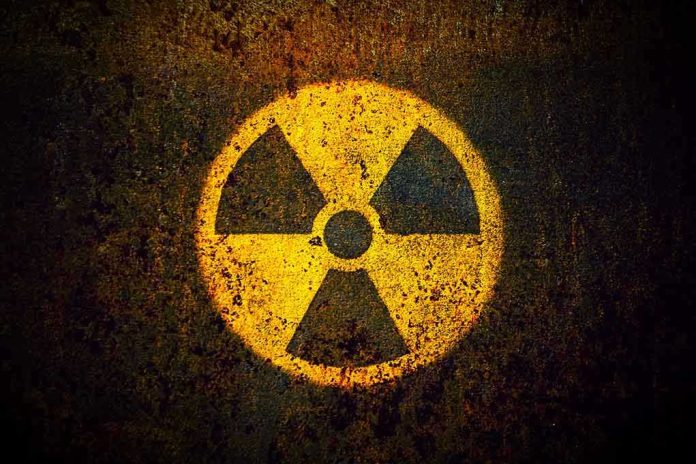
In a shocking turn of events, Fukushima’s radioactive cleanup is delayed until 2037, leaving citizens questioning whether nuclear safety is a priority or a perpetual fantasy.
At a Glance
- The full-scale removal of Fukushima’s melted radioactive fuel debris is delayed until at least 2037.
- 880 tonnes of hazardous material remain at the site, highlighting immense technical challenges.
- Original decommissioning timeline targeted for 2051 is now uncertain.
- Public concern grows over ongoing risks of radioactive contamination.
Fukushima Debris Removal Postponed
The Tokyo Electric Power Company Holdings (TEPCO) has announced another delay in the cleanup of the Fukushima Daiichi nuclear power plant. The full-scale removal of the melted radioactive fuel debris is now set back to at least 2037. This delay raises eyebrows about the feasibility of the original decommissioning timeline, which had optimistically aimed for completion by 2051. The setback underscores the immense technical and safety challenges involved in decommissioning one of history’s worst nuclear disasters.
Fukushima radioactive debris removal delayed until 2037 https://t.co/HQdFDKYRPm
— The Straits Times (@straits_times) July 29, 2025
The plant was severely damaged in the 2011 earthquake and tsunami, resulting in meltdowns at three reactors. Since then, efforts to stabilize the site and plan for debris removal have been ongoing. However, with approximately 880 tonnes of hazardous material still present, the challenges are far from over. The recent announcement reveals that full-scale debris removal will not commence until at least 2037, as TEPCO grapples with technical uncertainties and safety concerns.
Historical Context and Current Developments
The Fukushima Daiichi Nuclear Power Plant, operated by TEPCO, faced disaster on March 11, 2011, when a massive earthquake and tsunami hit Japan. This catastrophic event disabled power and cooling systems, leading to core meltdowns in three reactors. The disaster has necessitated years of containment, water management, and planning for debris removal. Despite efforts to stabilize the site, the complexity of the task has resulted in continuous delays.
Recent developments include the November 2024 test retrieval of melted fuel debris, which was already three years behind schedule. TEPCO’s July 2025 announcement of a 12–15 year preparation period before full-scale removal highlights the ongoing reassessment of strategies and technical approaches. The plant remains a focal point of public concern, with continued risks of contamination and safety challenges.
Stakeholders and Their Roles
Numerous stakeholders are involved in the Fukushima decommissioning process. TEPCO, as the plant operator, is at the forefront, responsible for cleanup and decommissioning. The Japanese government plays a crucial role, overseeing regulatory standards and providing funding and policy direction. Local communities affected by evacuation, contamination, and economic disruption remain vocal, seeking compensation and safety assurances.
International agencies like the International Atomic Energy Agency (IAEA) and the World Nuclear Association monitor safety and compliance, promoting best practices and transparency. Technical contractors and experts, specializing in robotics and nuclear safety, are pivotal in developing technologies and strategies for debris removal. Despite these efforts, the timeline for decommissioning remains uncertain, with significant public and international scrutiny.
Implications and Industry Impact
The delay in Fukushima’s radioactive debris removal has profound short-term and long-term implications. In the short term, ongoing storage and management of radioactive debris continue, with public anxiety and economic disruption persisting in affected regions. Long-term implications include the potential extension of decommissioning well beyond 2051, possibly spanning a century or more. Long-term exclusion zones and persistent environmental and health monitoring needs are likely.
The economic, social, and political impacts are significant. Decommissioning costs could reach tens of billions of dollars, with ongoing compensation claims and legal disputes adding to the burden. Political pressure mounts on the Japanese government and TEPCO to demonstrate progress and transparency. Internationally, the situation influences nuclear energy policy and public acceptance, accelerating research into decommissioning technologies and radioactive waste management.
Sources:
Wikipedia: Tokyo Electric Power Company
Wikipedia: Fukushima Daiichi Nuclear Power Plant



